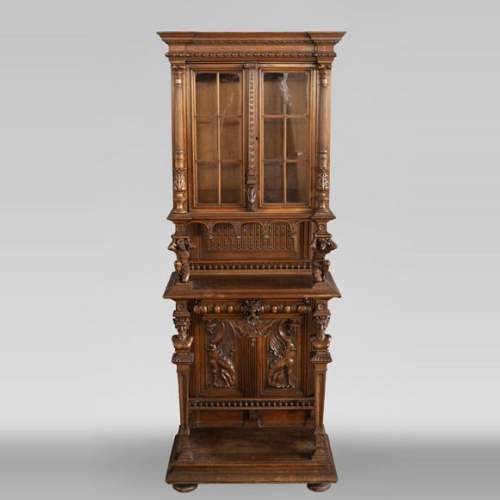My selection (5 Objects)
Recommended for you :
Dimensions:
Width: 275
Height: 109
Depth: 155
Dimensions:
Width: 98
Height: 204
Depth: 43
Dimensions:
Width: 84
Height: 66
Depth: 54
Dimensions:
Width: 132
Height: 74
Depth: 77
Dimensions:
Width: 83
Height: 179
Depth: 45
Dimensions:
Width: 100
Height: 173
Depth: 47
Dimensions:
Width: 131
Height: 145
Depth: 48
Dimensions:
Height: 228
Diameter: 88
Dimensions:
Width: 114
Height: 130
Depth: 49
Dimensions:
Width: 78
Height: 186
Depth: 47
Dimensions:
Width: 110
Height: 173
Depth: 44
Dimensions:
Width: 85
Height: 150
Depth: 43



















